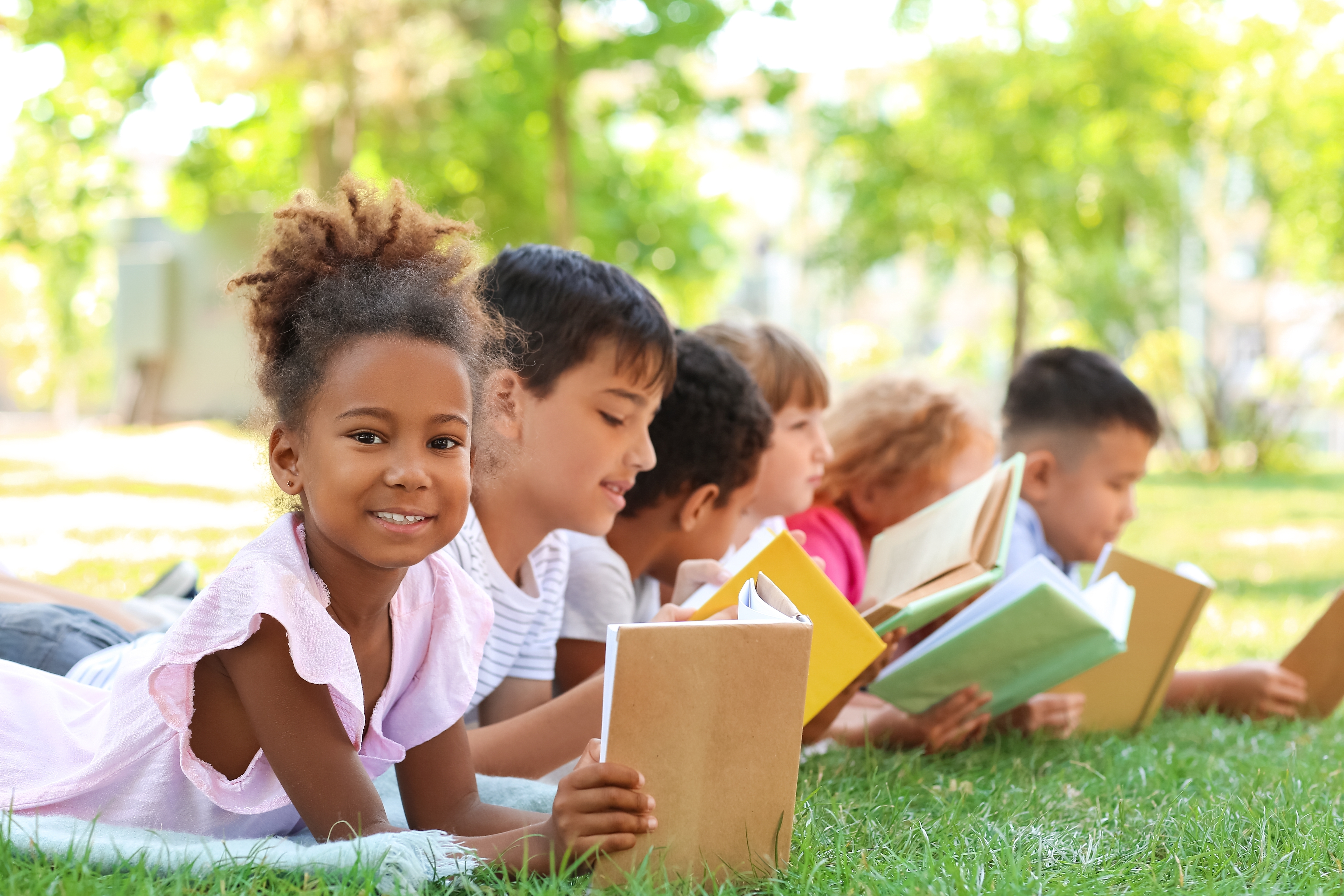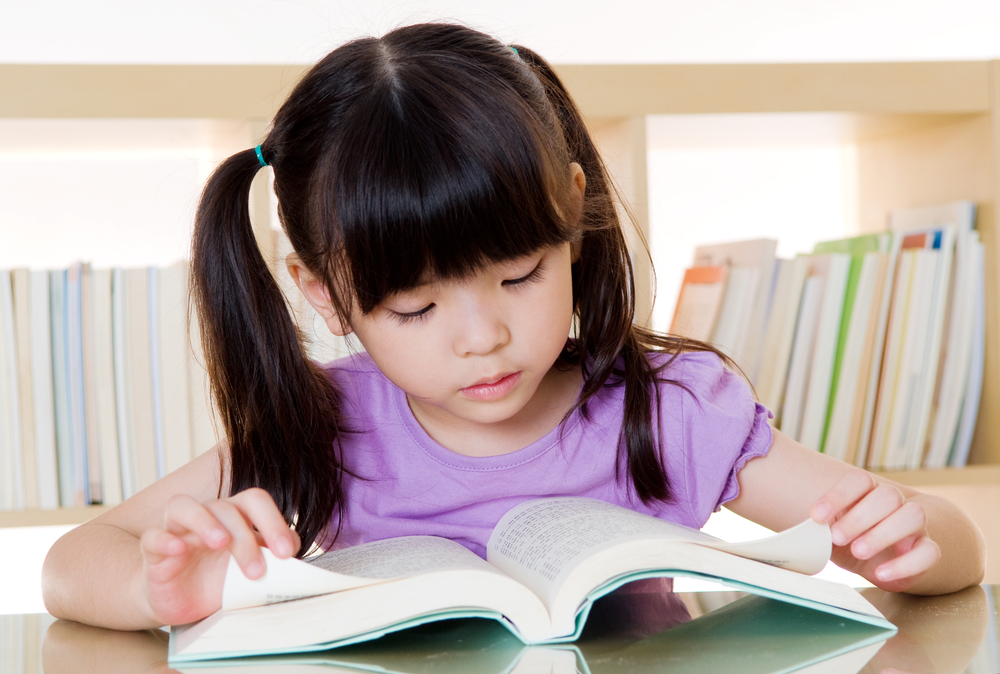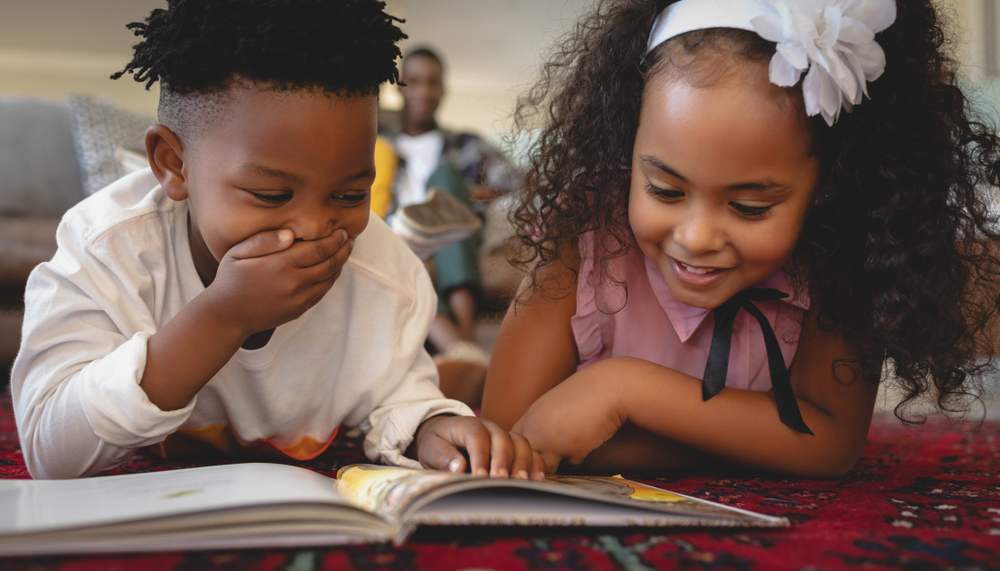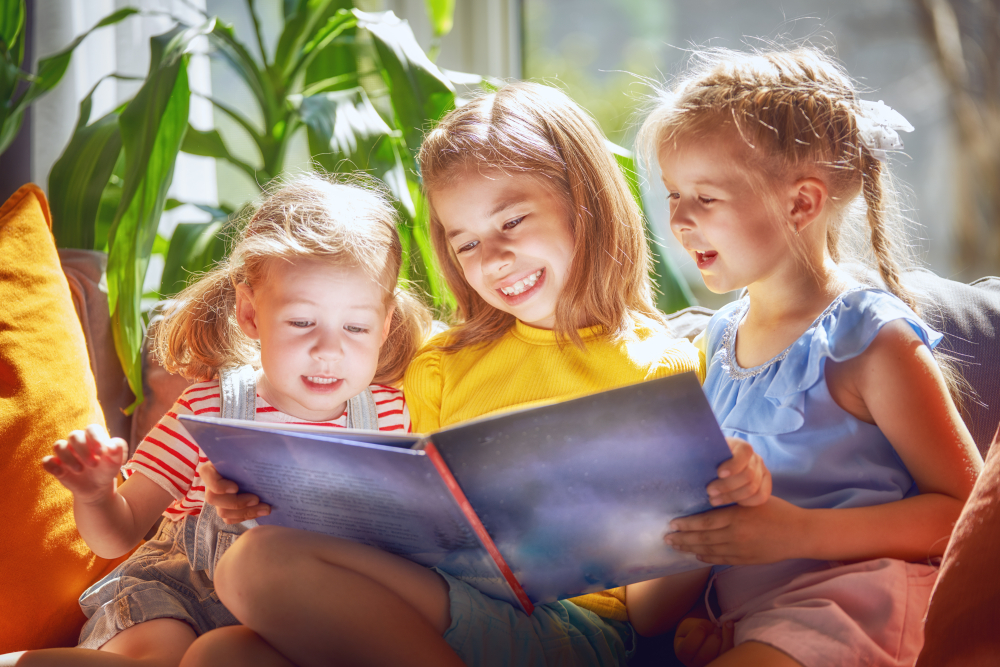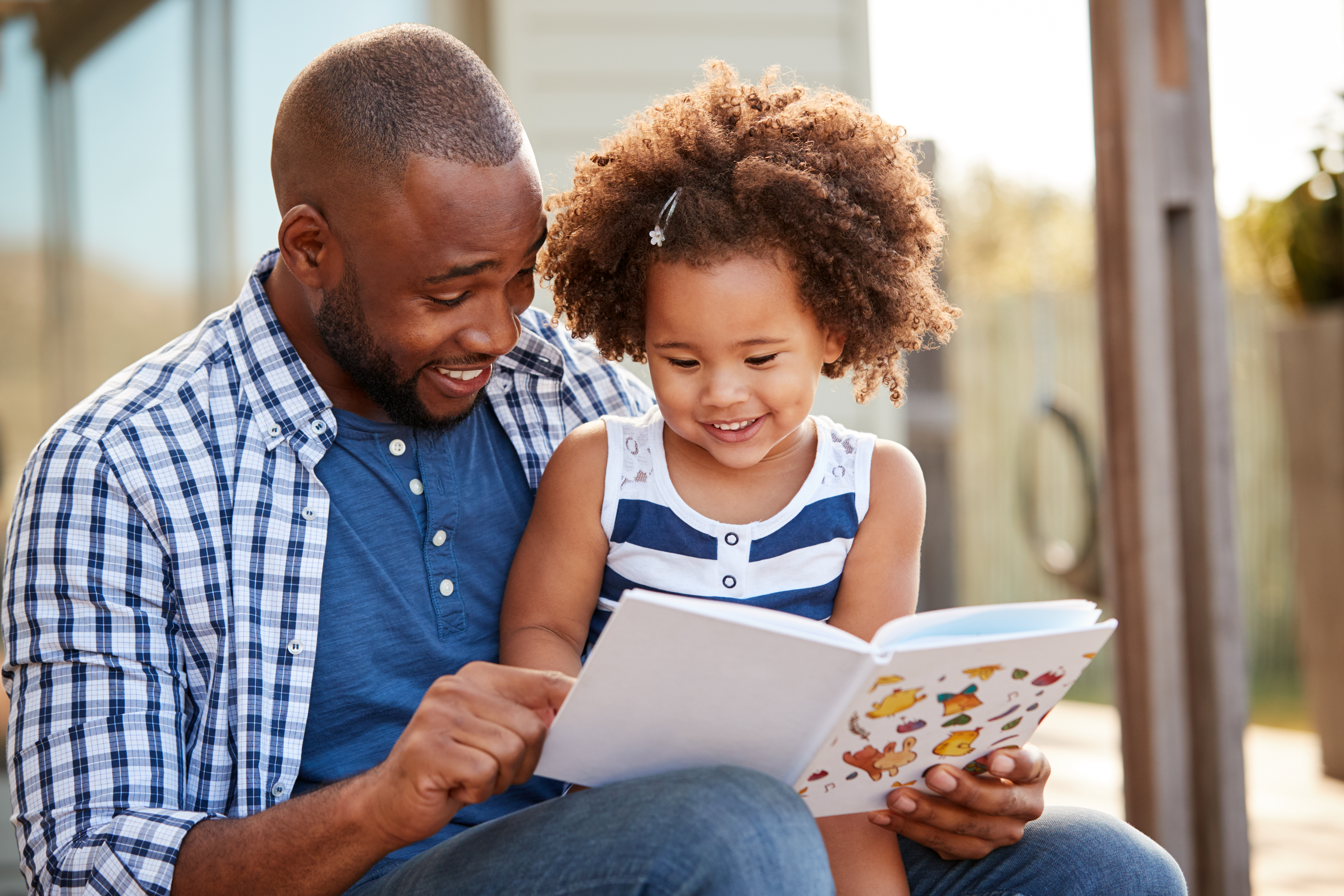Reading Non-Fiction Worksheets for Ages 3-9 - Page 4
96 filtered results
-
From - To
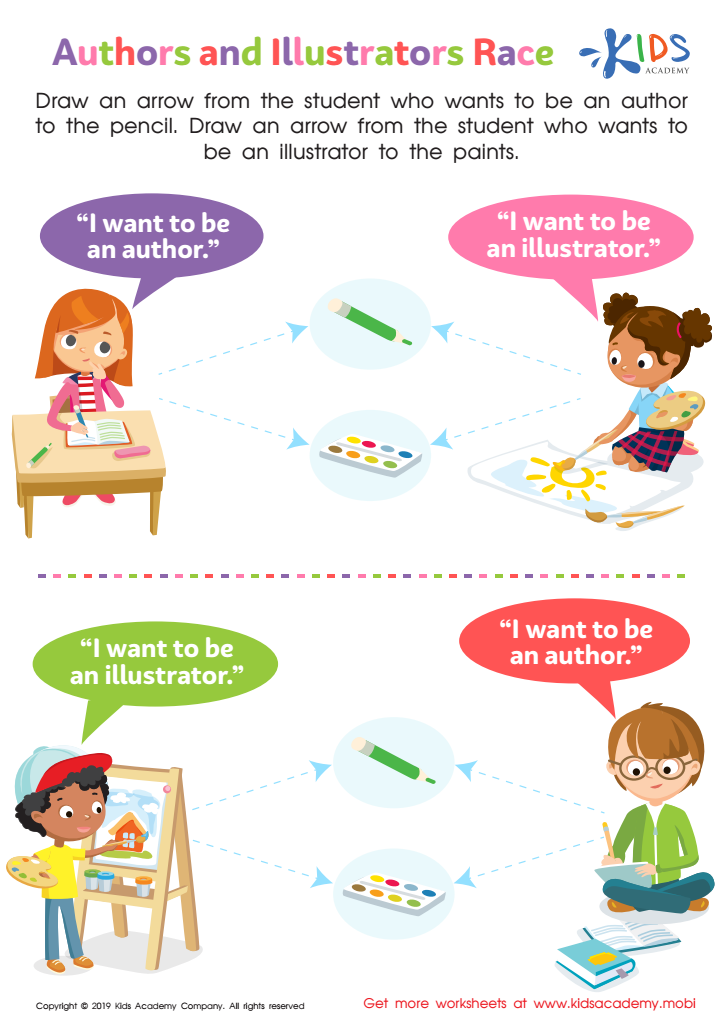

Authors and Illustrators Race Worksheet
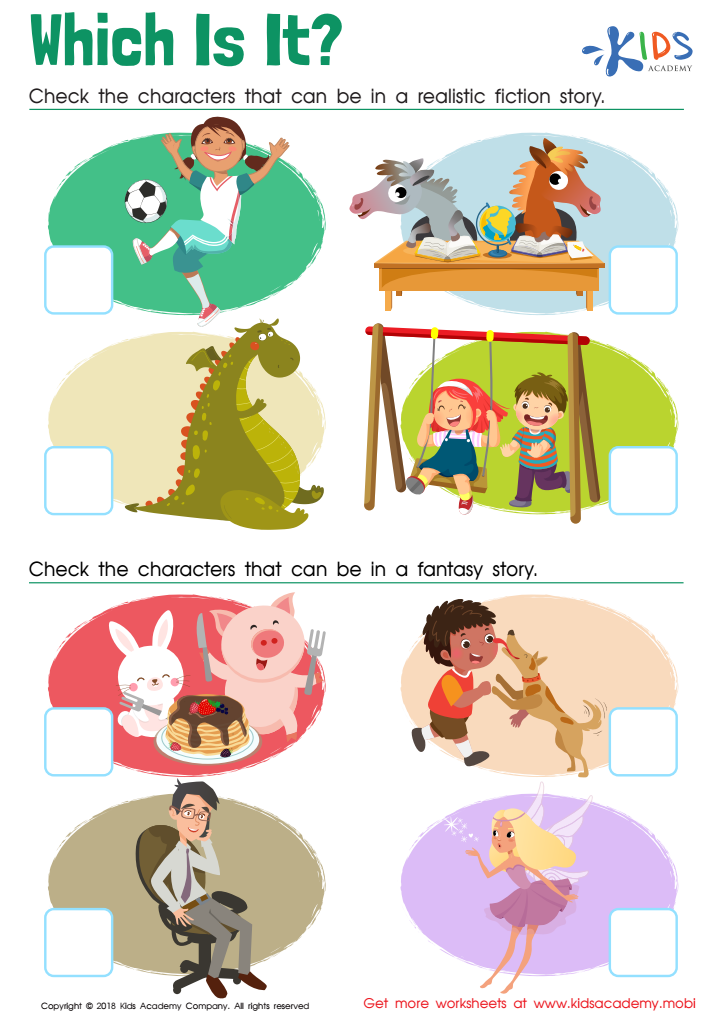

Which Is It? Worksheet
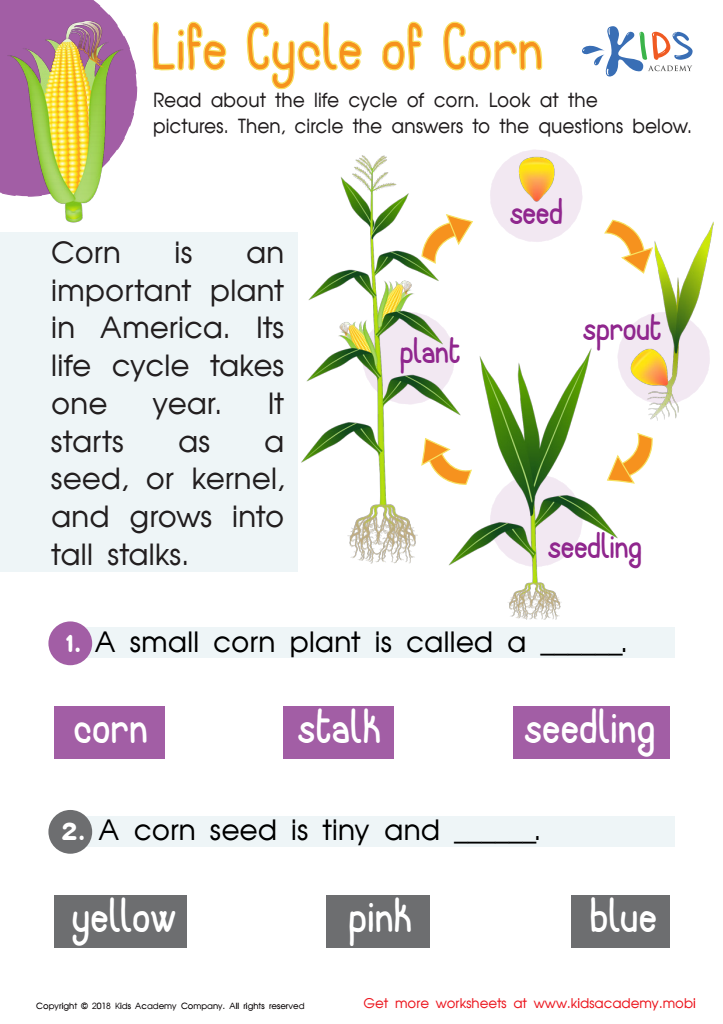

Life Cycle of Corn Worksheet
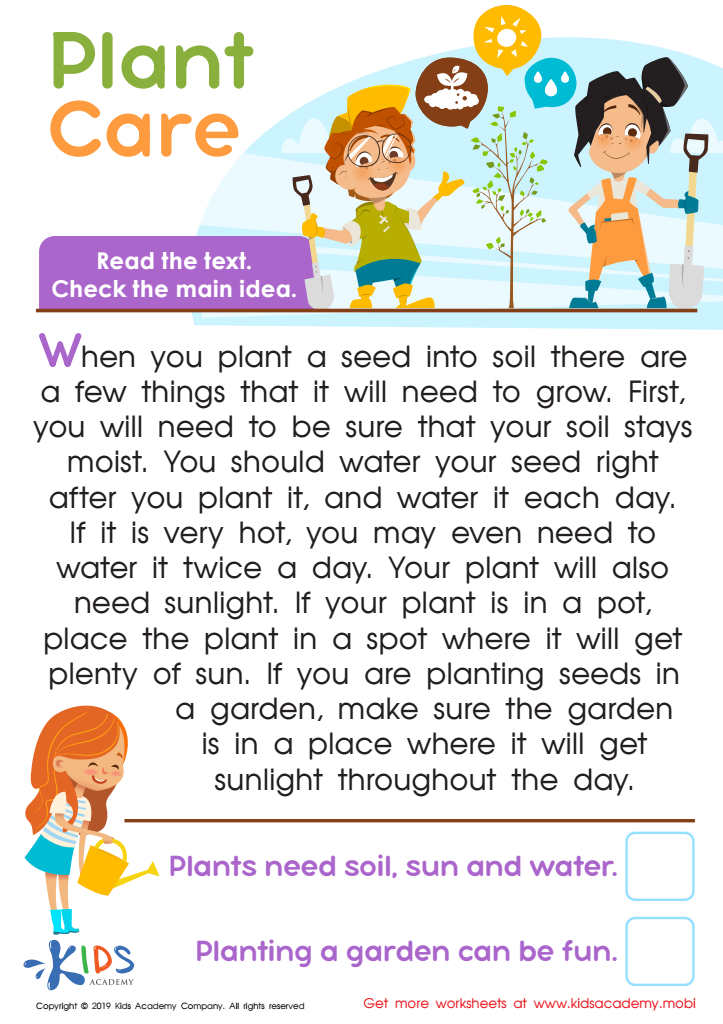

Plant Care Worksheet
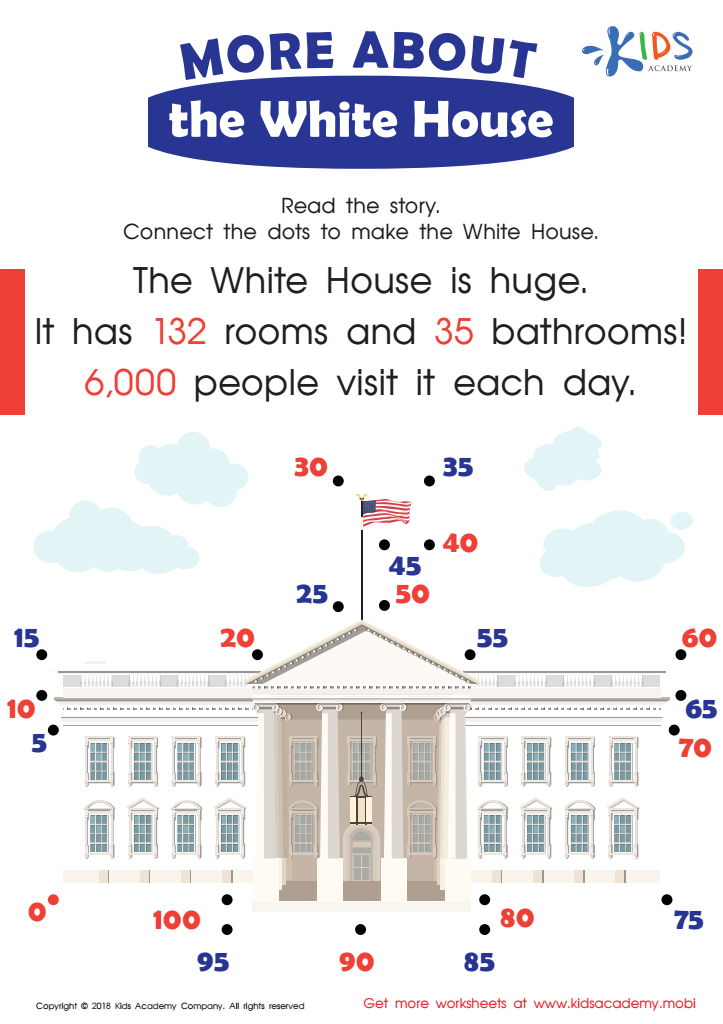

More About the White House Worksheet
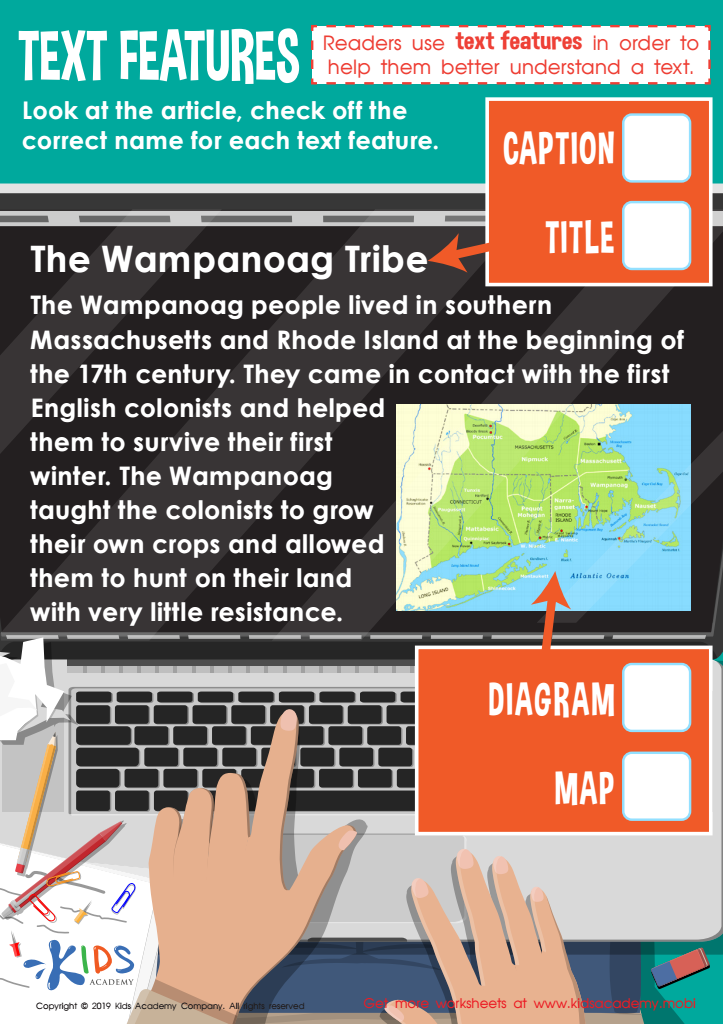

Text Features Worksheet
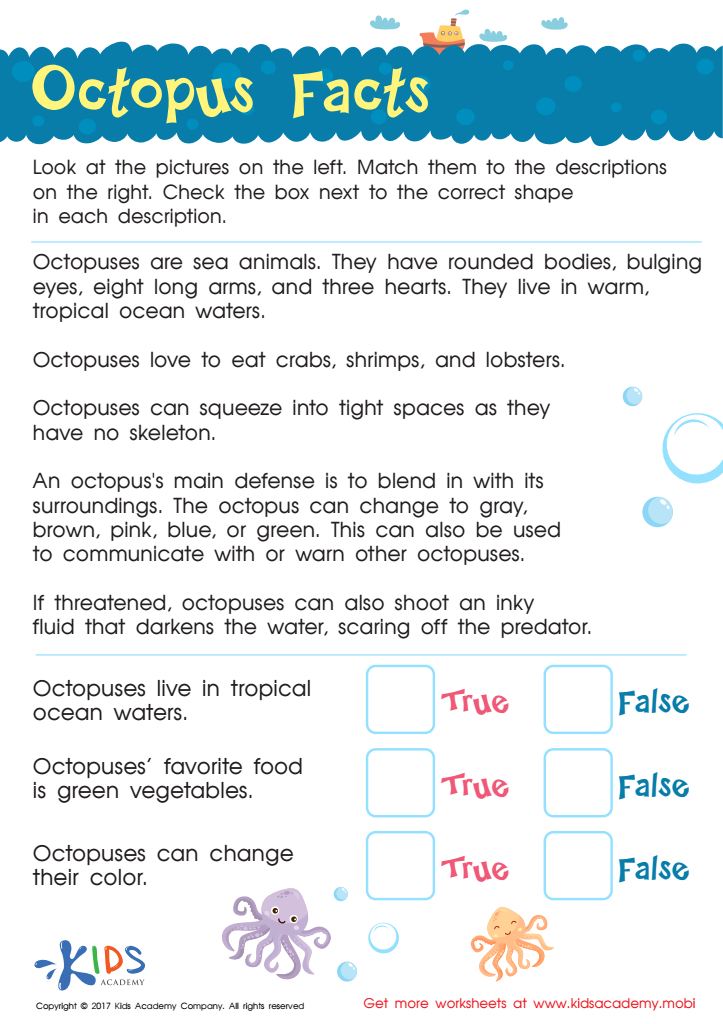

Octopus Facts Worksheet For Kids
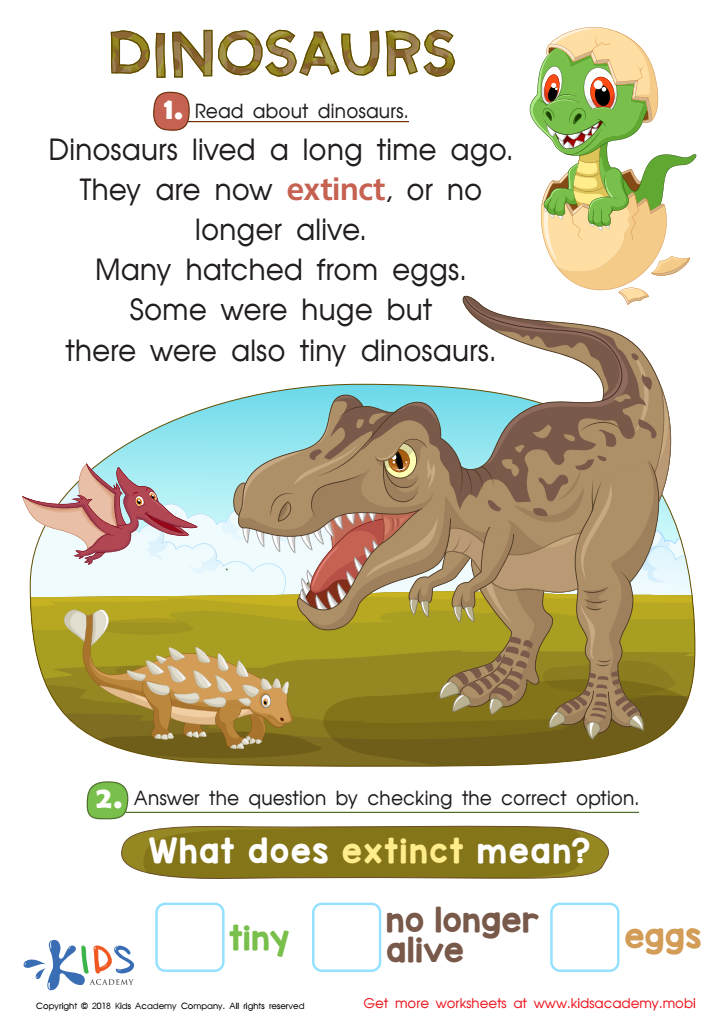

Dinosaurs Worksheet


Towns Worksheet
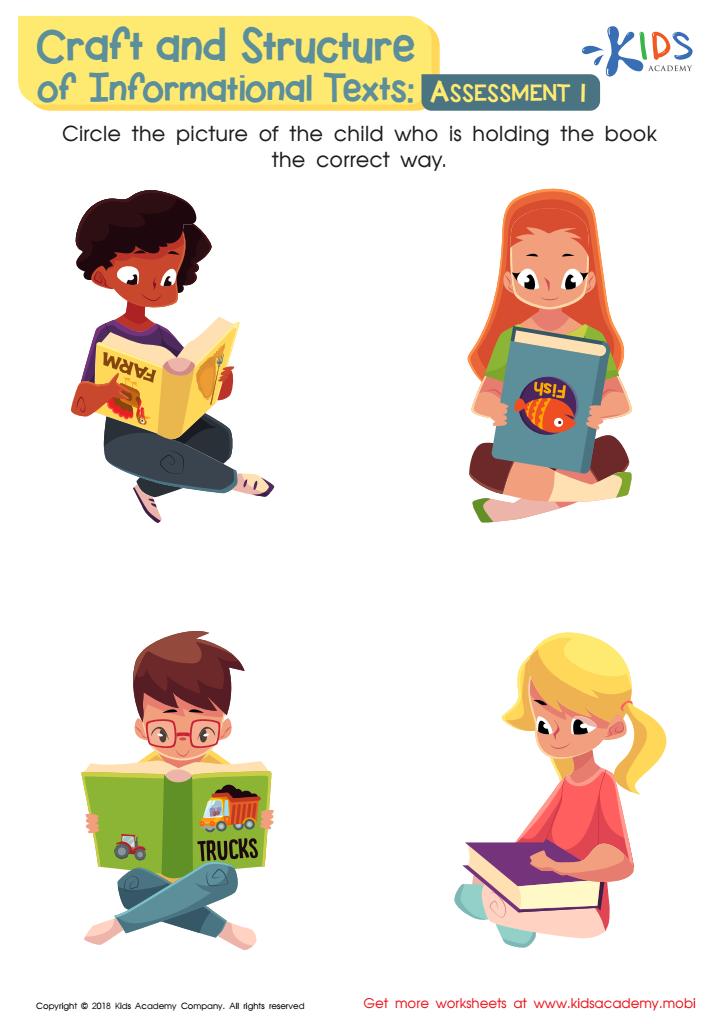

Craft and Structure of Informational Texts: Assessment 1 Worksheet
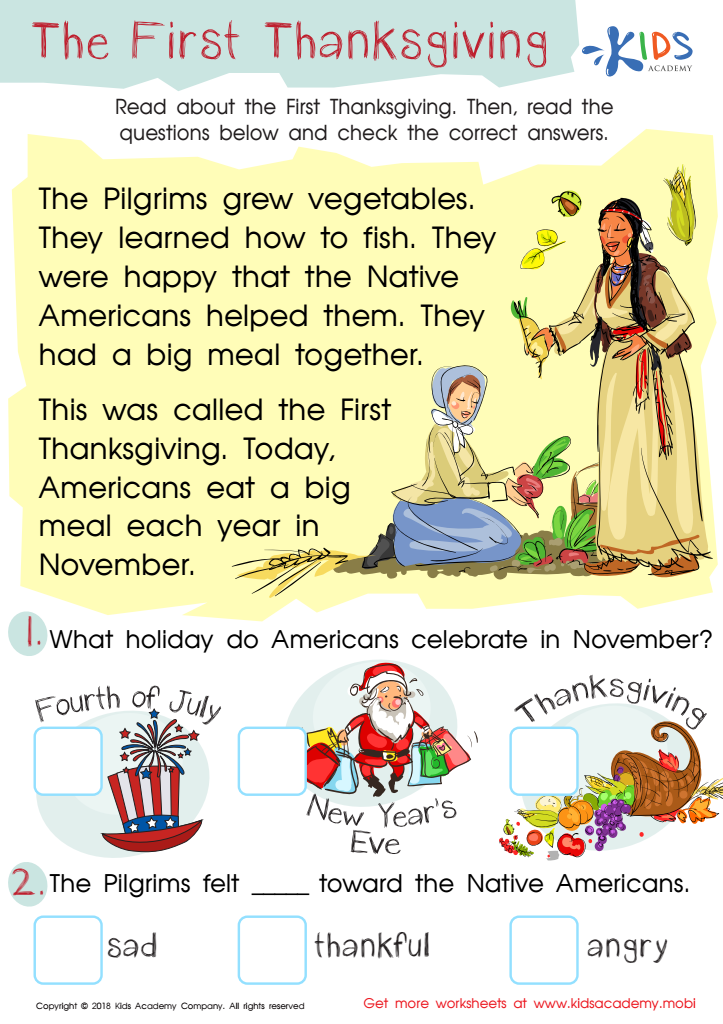

Assessment: First Thanksgiving Worksheet
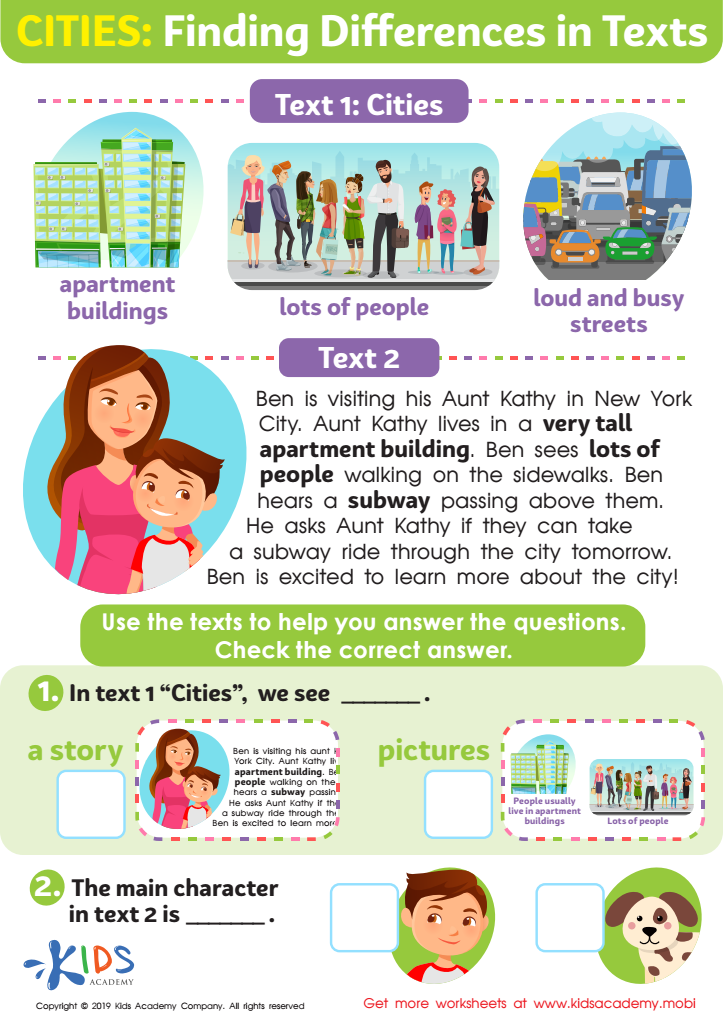

Cities: Finding Differences Worksheet
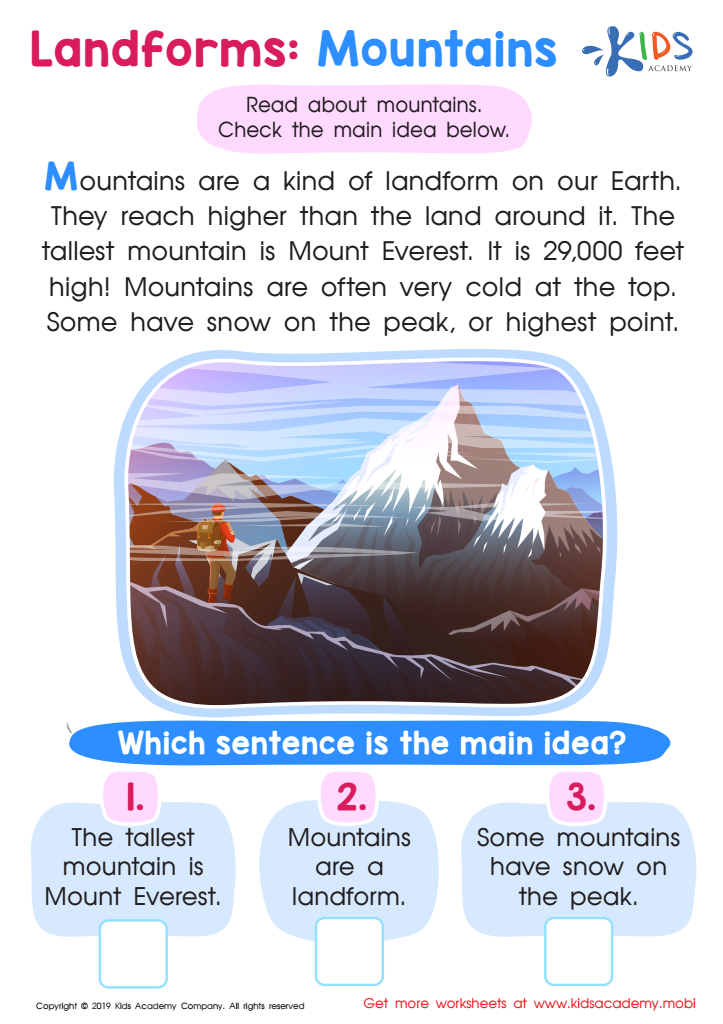

Landforms: Mountains Worksheet


Front of the Book Worksheet
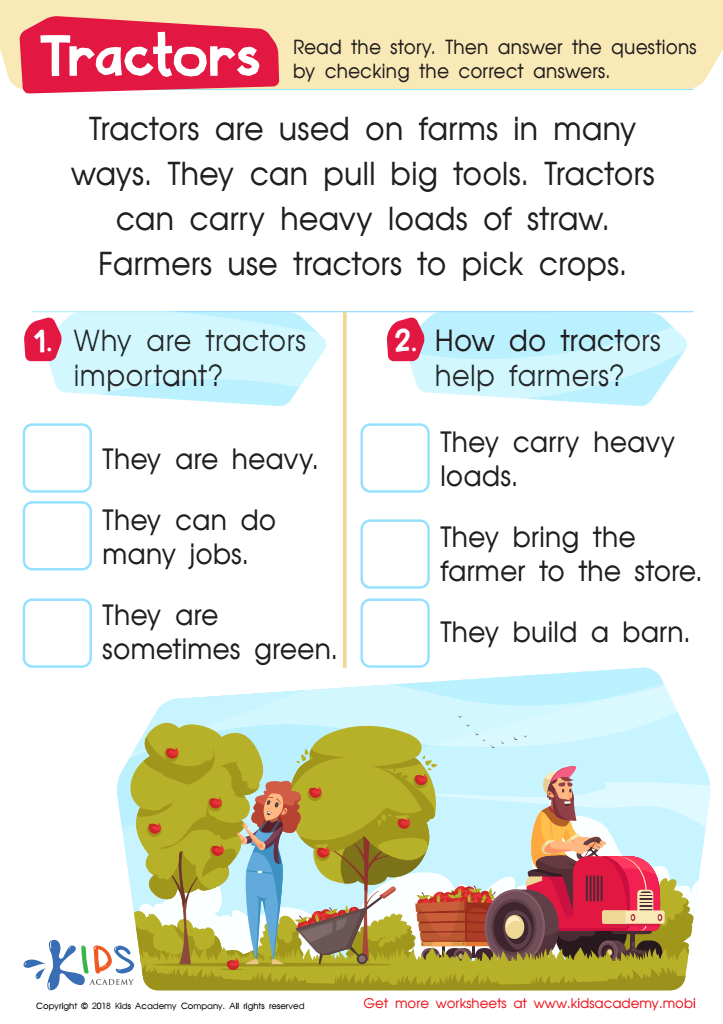

Tractors Worksheet
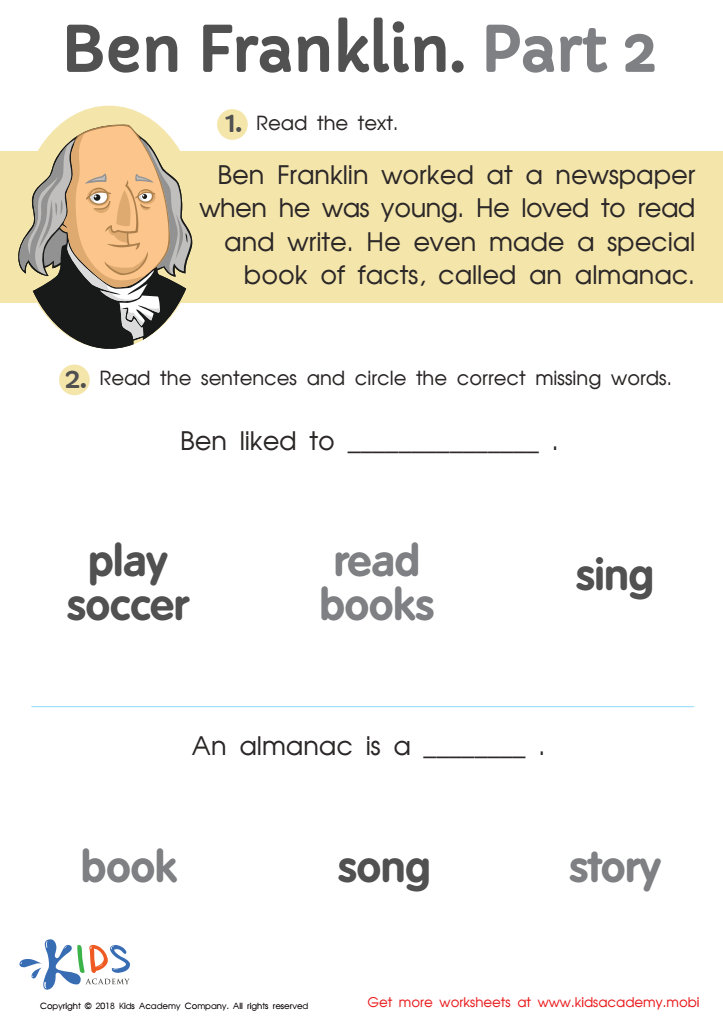

Ben Franklin Part 2 Worksheet
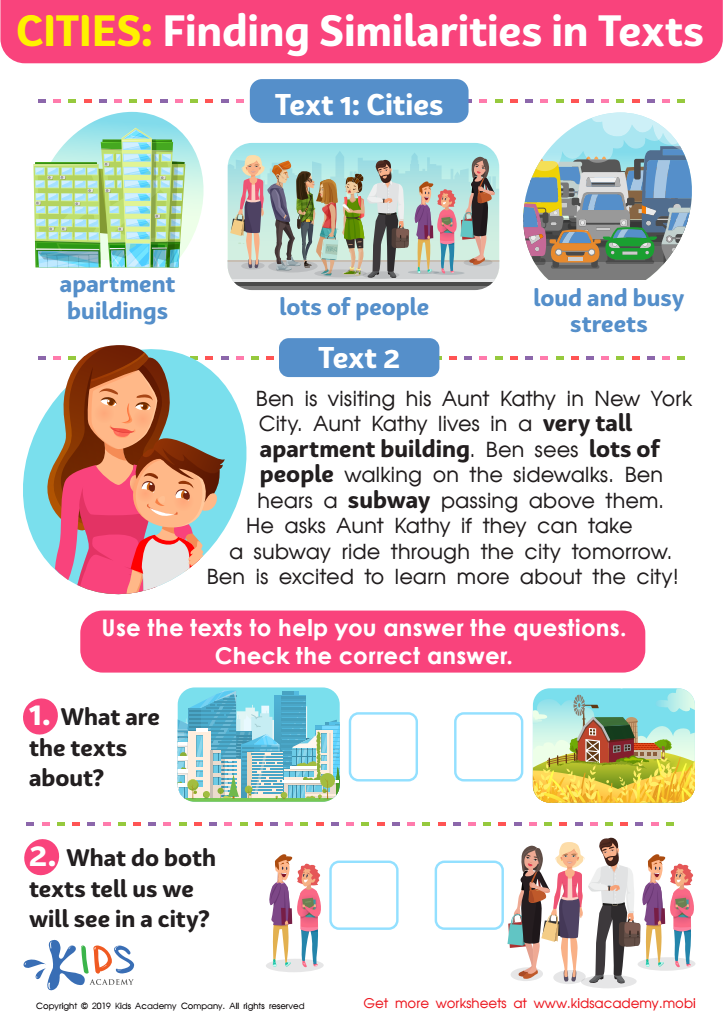

Cities: Finding Similarities Worksheet
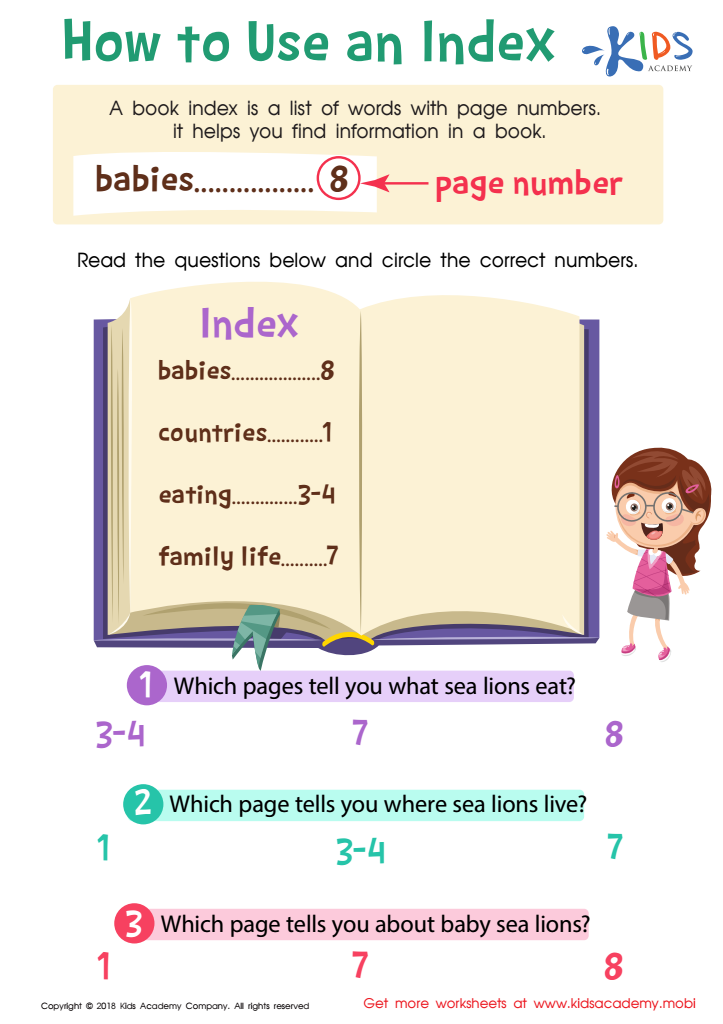

How Use Index Worksheet


Match Them Up Worksheet
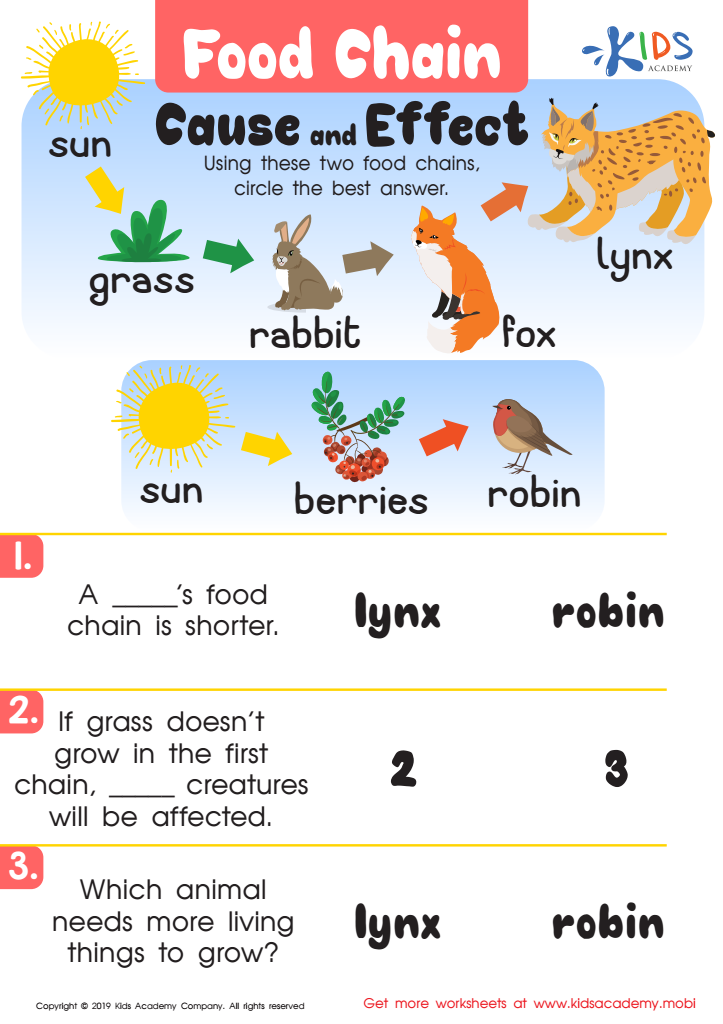

Food Chain Cause Worksheet
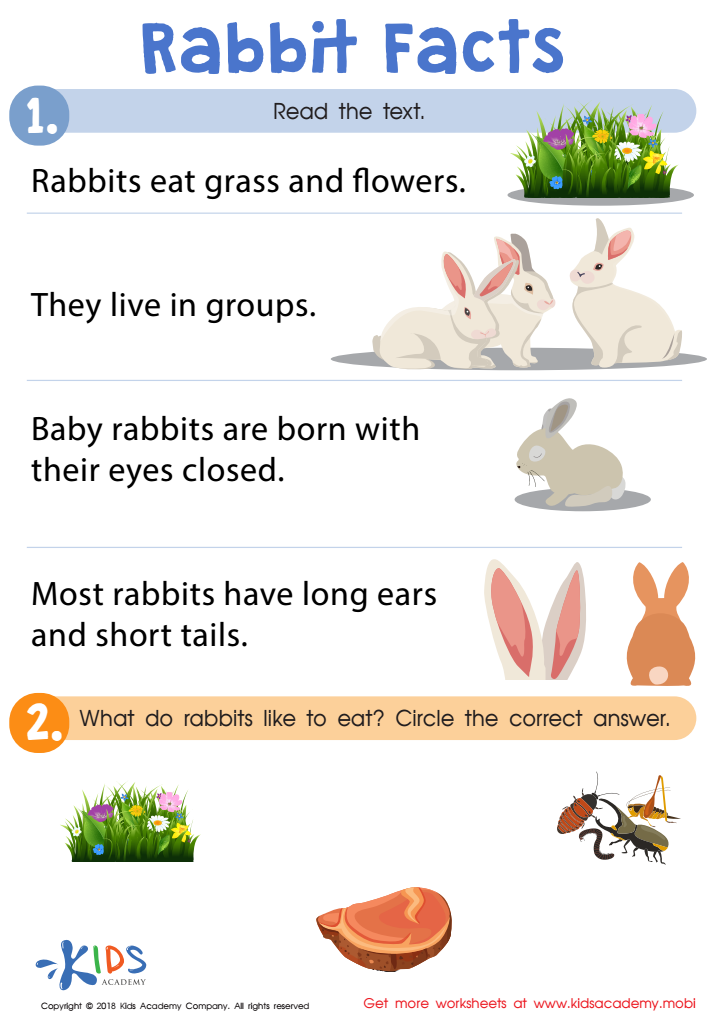

Rabbit Facts Worksheet
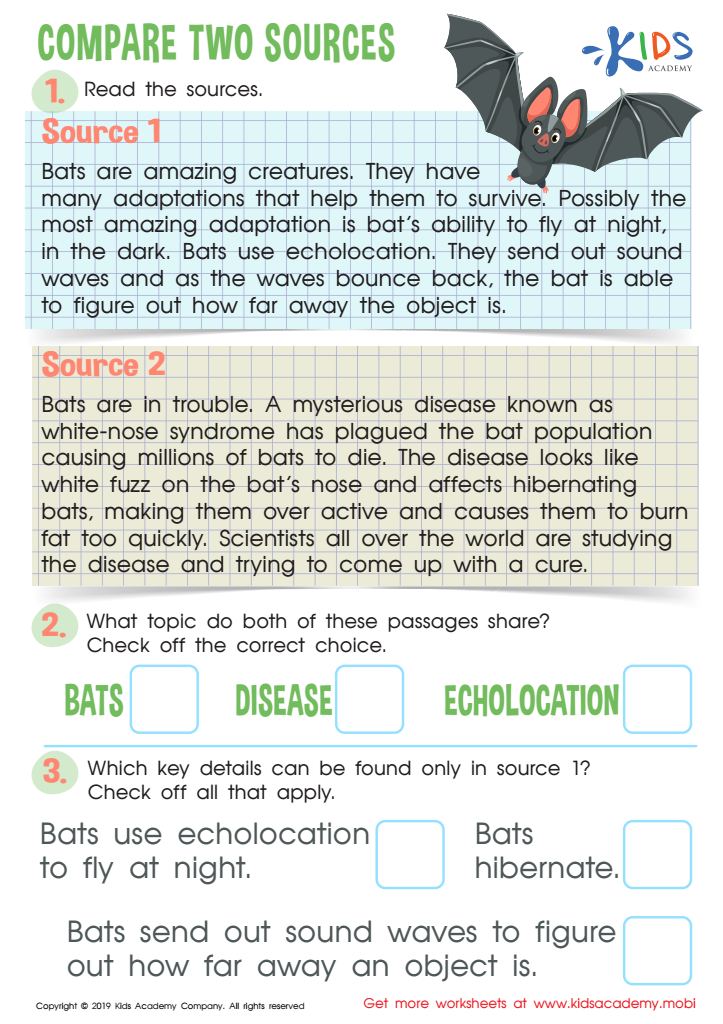

Compare Two Sources Worksheet
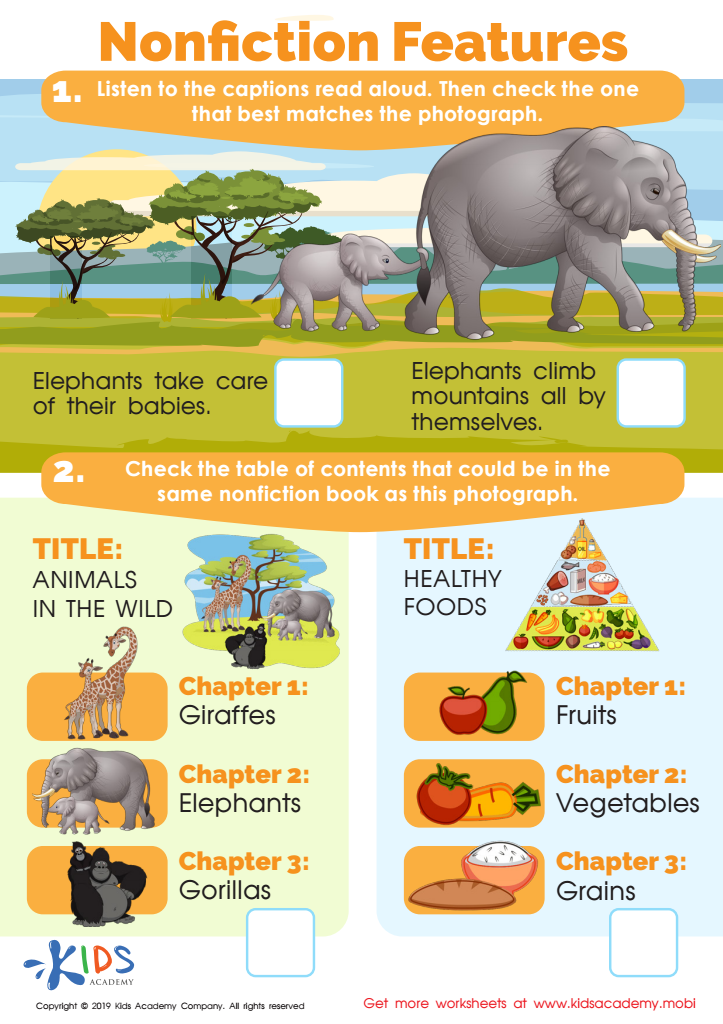

Nonfiction Features Worksheet
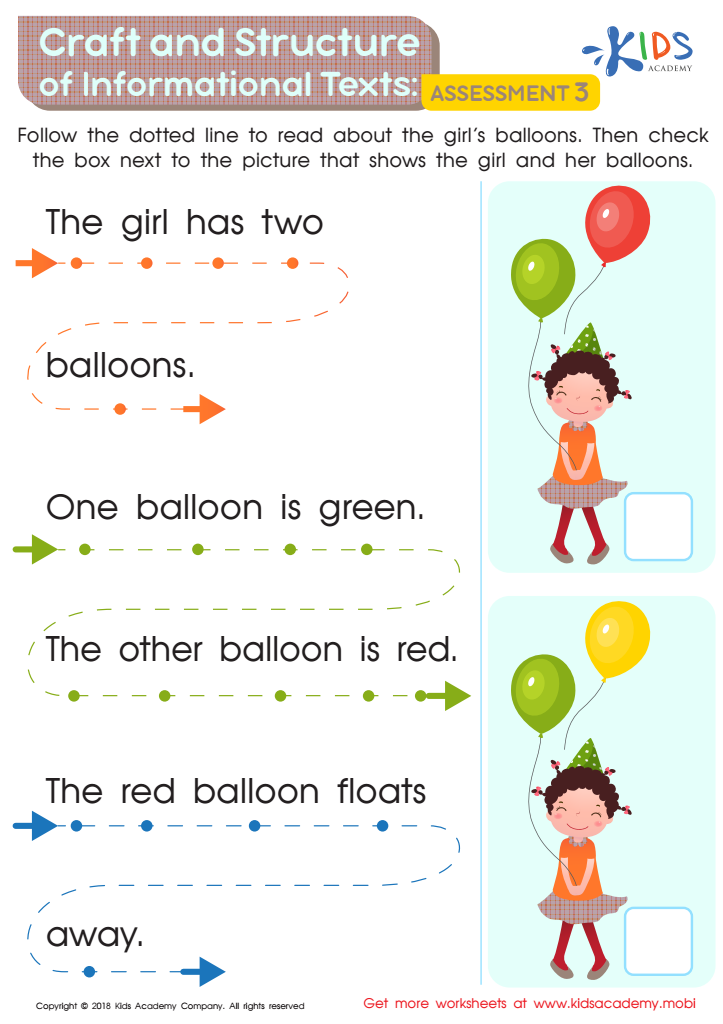

Craft and Structure of Informational Texts: Assessment 3 Worksheet
Reading non-fiction for children aged 3-9 is essential for several reasons. Firstly, it fosters curiosity and encourages a love for learning. At this age, children are naturally inquisitive, and exposing them to non-fiction texts helps satisfy their desire to understand the world around them. It introduces them to real-life concepts, different cultures, animals, processes, and historical events, expanding their horizons beyond storytelling.
Secondly, non-fiction reading enhances critical thinking skills. Children learn to analyze information, understand the difference between facts and opinions, and draw conclusions based on evidence. These skills are foundational for academic success and informed decision-making later in life.
Furthermore, non-fiction builds vocabulary and concentration. Engaging with diverse text types exposes children to a broader range of words and phrases, enhancing their comprehension and articulation skills. This genre also caters to various learning styles, making it accessible for auditory, visual, and kinesthetic learners.
Finally, non-fiction can spark interests and passions that may last a lifetime. Whether it's in science, history, or the arts, early exposure allows children to explore and discover potential career paths or hobbies. Therefore, teachers and parents should prioritize reading non-fiction to cultivate informed, curious, and articulate children.

 Assign to My Students
Assign to My Students



